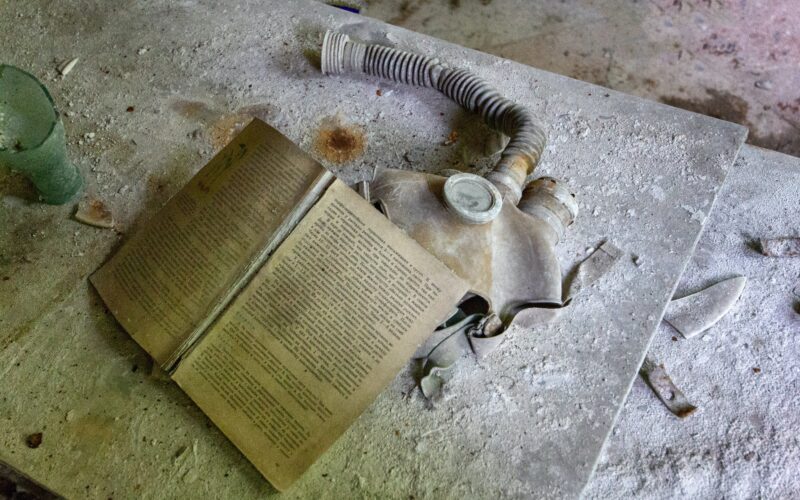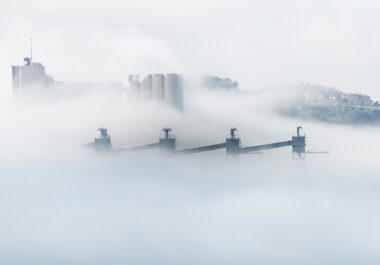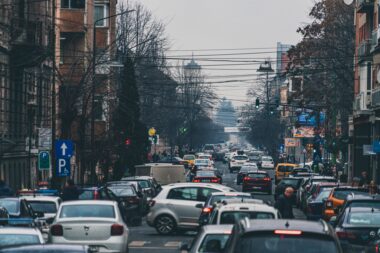The industrial revolution in the 18th century kickstarted a new era of innovation in production and manufacturing. But as industry scaled, it brought rise to larger and more catastrophic accidents than ever before. As we continue to discover and experiment with new chemicals and processes, the risk of an industrial disaster is still present. In this post we explore some of the 5 worst industrial eco-disasters in history.
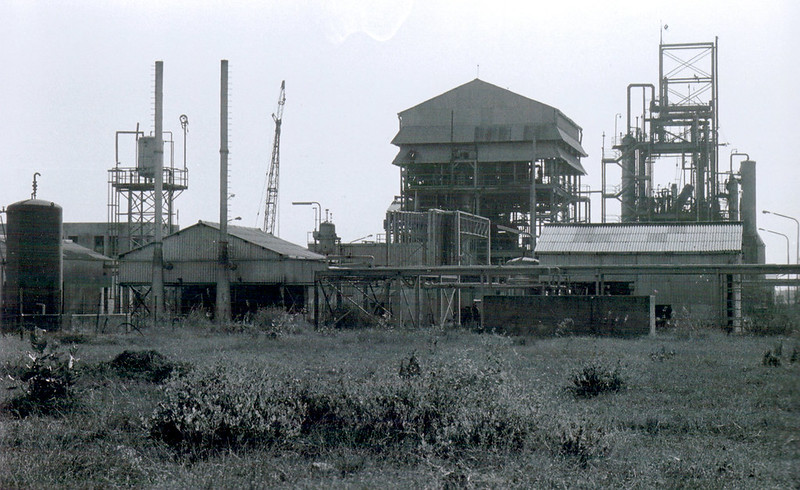
1. The Bhopal Disaster, India
What happened: On December 1984, there was a deadly gas leak at the Union Carbide India Limited pesticide plant in India. 40 tonnes of toxic gas leaked from a tank holding liquid methyl isocyanate (MIC) and spread across 5-8km of the local area. Multiple safety mechanisms failed to prevent the malfunction leading to what’s considered the world’s worst industrial disaster.
The Impact: Over 500,000 people were exposed to highly toxic methyl isocyanate (MIC) gas. As a result, approx. 8,000 people died within 2 weeks of exposure and hundreds of thousands were left injured by the incident. Because MIC is denser than air, it fell to the ground impacting children and shorter adults more so. Following the incident, the stillbirth rate increased by 300%. As did the neonatal mortality rate, increasing by 200%. The impact of the Bhopal Disaster lasted well beyond the night of the leak and those who didn’t die immediately were exposed to numerous health conditions like cancers and blindness.
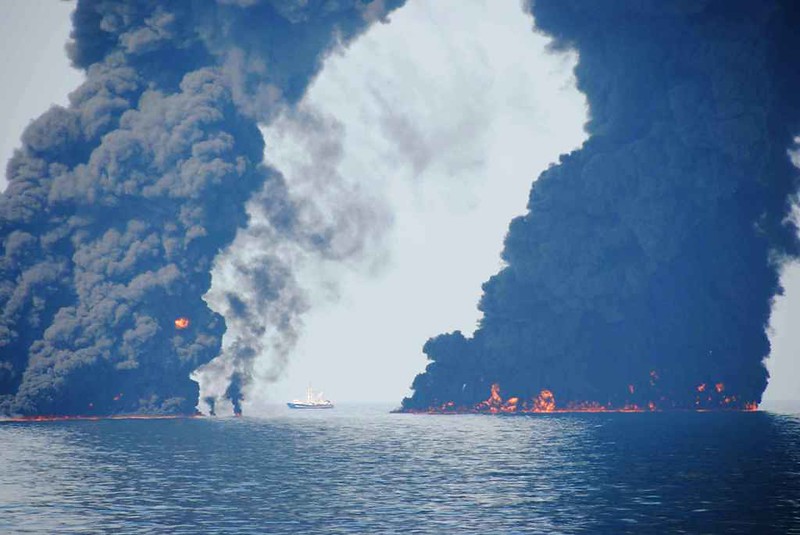
2. BP Oil Spill, Gulf of Mexico
What happened: On April 20, 2010, the largest marine oil spill in history happened in the Gulf of Mexico. The oil spill was caused by an explosion on the Deepwater Horizon oil rig and its sinking two days later. A combination of defective materials and a delayed reaction to early indications of a problem were reported as the cause. The oil well wasn’t completely sealed until 5 months later on September 19, 2010.
The Impact: 11 workers were killed and 17 injured as a result of the rig explosion on April 20. Approximately 60,000 barrels of oil spilled into the ocean per day damaging marine life to this day. In 2020, it was discovered that fish in the Gulf of Mexico still show evidence of contamination. Additionally, it’s estimated that up to 65,000 imperiled turtles and 800,000 birds died as a result of oil contamination. Beaches along the Mississippi, Alabama and Florida were contaminated by oil, an estimated 2,113 km of shoreline were impacted.
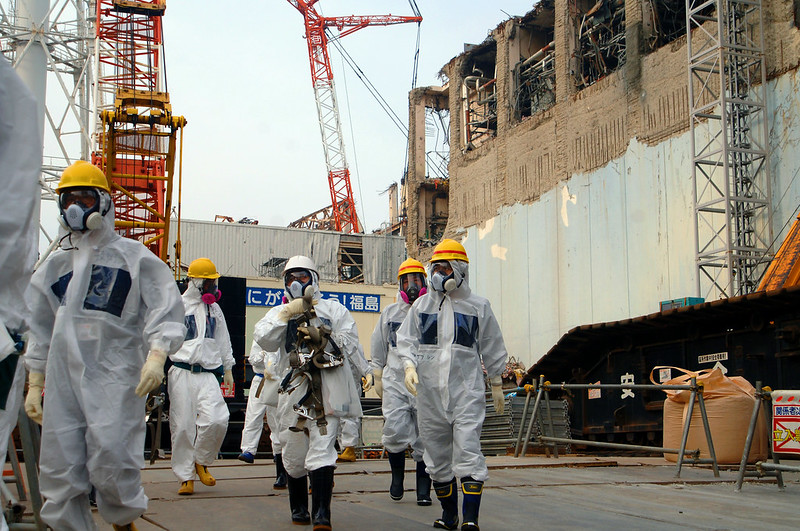
3. Fukushima Meltdown, Japan
What happened: On 11 March 2011, one of the most severe nuclear incidents happened at the Fukushima Daiichi Nuclear Power Plant in Ōkuma, Fukushima, Japan. The nuclear disaster followed and was triggered by the Tōhoku earthquake and tsunami, the strongest earthquake ever recorded in Japan. In 2012, an investigation found failure to meet safety requirements like preparing to contain collateral damage and developing evacuation plans as causes for the incident.
The Impact: The power plant suffered three nuclear meltdowns and three hydrogen explosions. An evacuation radius of 20km was established due to levels of radiation in the atmosphere. Around 110,000 people had to evacuate their homes due to the rising level of radiation caused by airborne contaminants. Additionally, the Pacific Ocean was contaminated by radioactive isotopes following the disaster. Reportedly, 18,000 terabecquerel (TBq) of radioactive caesium-137 were released into the Pacific Ocean during the incident. Two years later, in 2013, approximately 30 gigabecquerel (GBq) of caesium 137 were still flowing into the ocean every day. The accident is known to be one of the worst industrial eco-disasters to date.
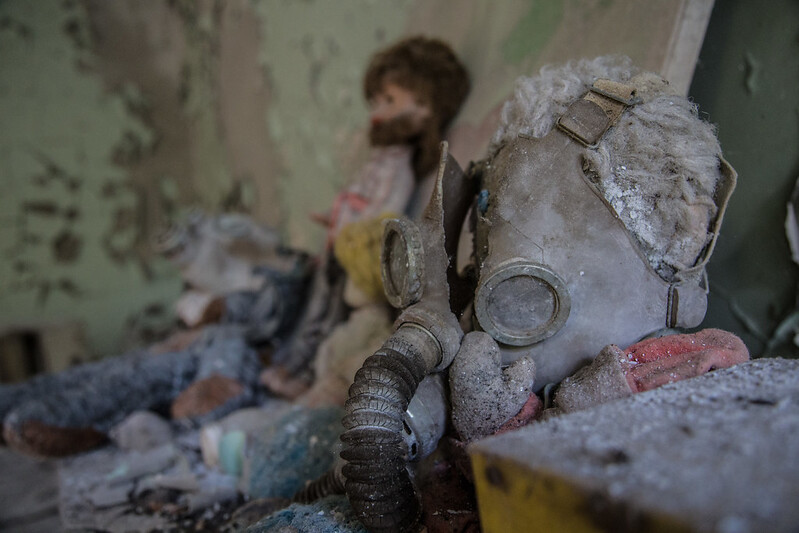
4. Chernobyl Meltdown, Ukraine
What happened: On 26 April 1986, one of the most severe nuclear accidents in history occurred at the Chernobyl Nuclear Power Plant near Pripyat in Ukraine. The incident happened during a prolonged safety test triggering a reactor shutdown, explosions and the reactor core melting. The meltdown was followed by an open-air fire that flung radioactive contaminants across Europe and the USSR, with 70% landing in Belarus. Investigations by the International Nuclear Safety Advisory Group (INSAG) in 1986 and 1992 resulted in two main causes for the accident. The first reported the main cause to be the operators’ actions but the second named the reactor’s design as the main cause. The underlying factor in both reports was an inadequate “safety culture” at all levels.
The Impact: The result of one of the worst industrial eco-disasters was wide spreading and long lasting. Two engineers working in the plant were killed immediately with the World Health Organisation predicting a further 4,000 fatalities in Ukraine, Belarus and Russia. An exclusion zone of 30 km was established around the plant with over 350,000 people displaced from the most contaminated zones between 1986 and 2000. Marine, animal and flora life were impacted severely in the following years. Radioactivity in fish caused by high levels of radiocaesium were above acceptable guidelines for consumptions. In addition, the mutation rate for plants and animals increased by a factor of 20. Clean up is expected to be completed by 2065. Along with the Fukushima disaster, Chernobyl is know to be one of the worst industrial eco-disasters to date.
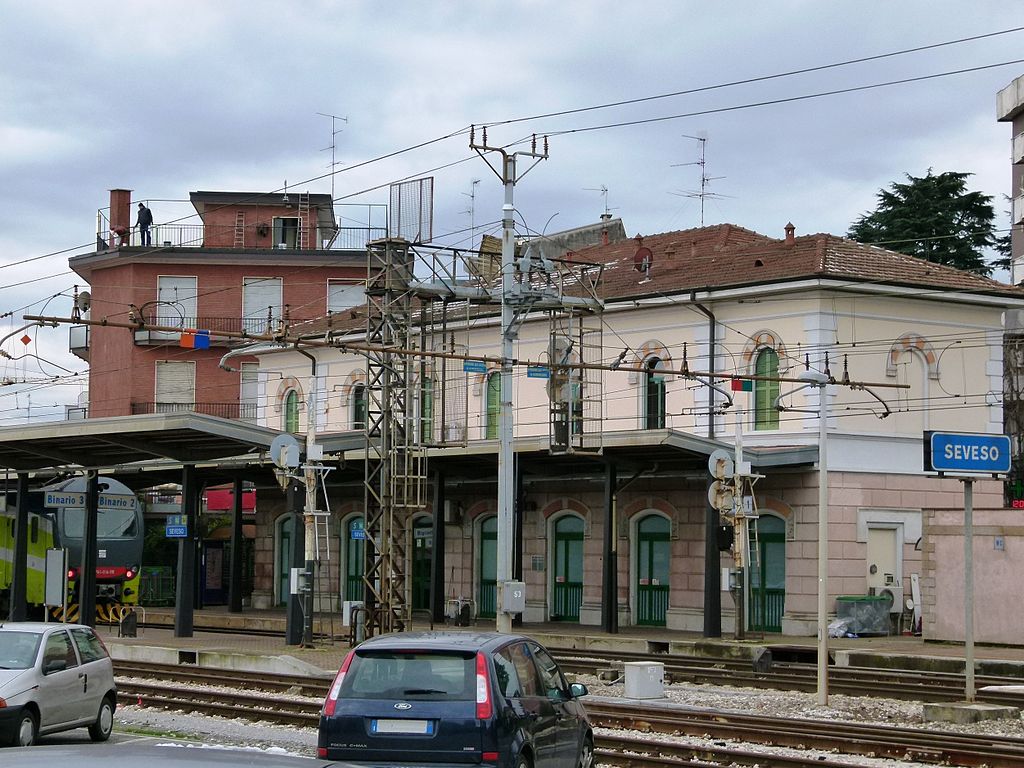
5. The Seveso Disaster, Italy
What happened: On 10 July 1976, one of the worst industrial eco-disasters occurred at the Industrie Chimiche Meda Società Azionaria (ICMESA) chemical manufacturing plant in Meda, Italy. It happened during a shutdown of plant operations stopping a process from completing its final step. As a result, a rapid runaway reaction ultimately led to the release of 6 tonnes of the highly toxic dioxin TCDD over 18km of the surrounding area. The factory’s rudimentary safety systems, lack of environmental protection and public warning systems were noted for increasing the severity of the incident.
The Impact: The disaster was named after Seveso, which had a population of 17,000 at the time and was the most impacted by the accident. It’s now known as the highest known exposure to TCDD in residential populations. ICMESA didn’t initially admit to the accident, taking a week to release a public statement and delaying the evacuation of thousands of people in the area. Within this time thousands of animals had died with over 80,000 ultimately being slaughtered due to contamination. Those that lived in the most contaminated areas were permanently evacuated and their homes destroyed as part of the clean-up.
Sustayn is designed to present the most useful recommendations for environmentally friendly approaches and items. We update links when possible, but note that links can be broken and subject to change.
